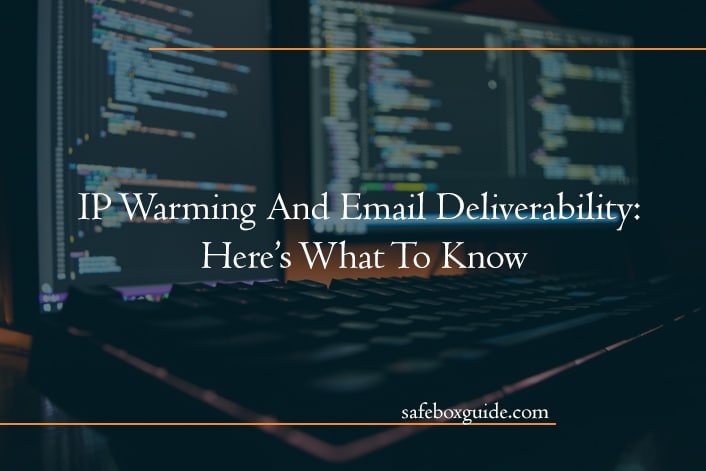In the world of email marketing, ensuring that your messages reach the inboxes of your intended recipients is paramount. This is where the concept of IP warming comes into play. IP warming is a crucial process that involves gradually increasing the volume of emails sent from a new or dormant IP address. Understanding the nuances of IP warming and its impact on email deliverability is essential for any marketer looking to maintain a strong sender reputation and maximize the effectiveness of their campaigns. In this article, we’ll explore what IP warming is, why it’s important, and how to execute it effectively.

Contents
What is IP Warming?
IP warming, also known as IP throttling, is the process of gradually establishing a new or dormant IP address’s reputation as a sender of legitimate and valuable email. This is particularly important because Internet Service Providers (ISPs) use sender reputation to determine whether to deliver emails to the inbox, place them in the spam folder, or reject them outright.
Why is IP Warming Important?
1. Avoidance of Spam Filters
ISPs are vigilant about detecting potentially harmful or unwanted emails. When a new or inactive IP address starts sending a high volume of emails suddenly, it can trigger spam filters, leading to emails being sent to the spam folder or even blocked entirely.
2. Establishing Sender Reputation
A good sender reputation is earned over time by consistently sending high-quality, relevant emails that recipients engage with. IP warming helps build this reputation gradually, reducing the risk of being marked as spam.
3. Improving Deliverability Rates
When you warm up an IP address properly, ISPs recognize it as a legitimate sender, leading to higher deliverability rates. This means more of your emails will reach the inbox rather than being filtered as spam.
Steps to Execute an Effective IP Warming Strategy:
1. Segment Your Email List
Begin by dividing your email list into segments based on engagement levels. This could include highly engaged subscribers, moderately engaged ones, and inactive recipients. This segmentation allows you to tailor your email-sending practices to each group.
2. Start Slowly
Begin by sending a low volume of emails from your new or dormant IP address. This could be as low as 5-10% of your total email volume.
3. Gradually Increase Sending Volume
Over several days or weeks, incrementally increase the volume of emails sent from the new IP. Monitor your deliverability rates and adjust the sending volume accordingly.

4. Monitor Engagement Metrics
Keep a close eye on metrics like open rates, click-through rates, and spam complaints. If you notice any significant drops in engagement, slow down your sending volume to prevent any negative impacts on your sender reputation.
5. Maintain Consistency
Consistency is key in IP warming. Stick to a regular sending schedule and continue to increase the volume gradually until you reach your desired sending capacity.
6. Warm-Up Period Duration
The duration of the warm-up period can vary depending on factors like your email volume, the quality of your list, and your sender reputation. It could range from a few days to several weeks.
7. Stay Compliant with Email Marketing Laws
Ensure that you’re following all relevant email marketing laws, such as the CAN-SPAM Act in the United States, throughout the IP warming process.
IP warming is a critical process in the world of email marketing that should not be overlooked. By gradually establishing your sender reputation, you can ensure that your emails consistently reach the inbox of your intended recipients. Through careful segmentation, monitoring of engagement metrics, and a gradual increase in sending volume, you can execute an effective IP warming strategy that sets the foundation for successful email campaigns. Remember, maintaining a strong sender reputation is an ongoing effort, so continue to deliver valuable content and adhere to best practices in email marketing.

